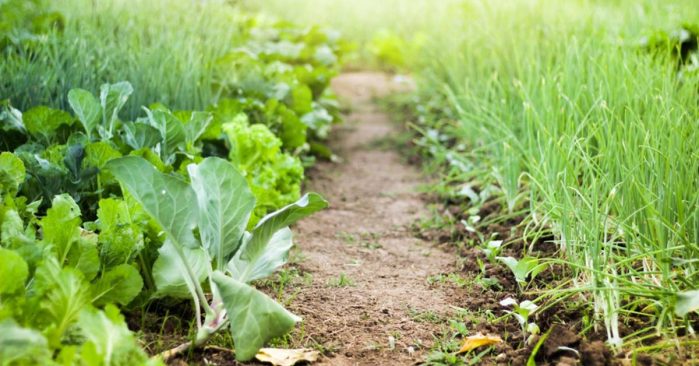Do you dream of an organic garden, but don’t have a yard? A flock of chicks, perhaps, but don’t have a yard? Home-grown food, and lower grocery bills (but, alas, no yard!)? Dream no more, because you can have it, and without quitting your job, trading your bus pass for a pickup, or moving to the rural north.
With an increasing population conscious of its health and as more town dwellers opt to produce their own food, better ways of urban farming are being introduced.
With cities expanding and climate change placing greater constraints on agriculture, the agrifood sector must innovate to be able to feed people in urban areas. In this constricted setting, how can more food be produced in small spaces, and at affordable prices? Rapid urbanisation, land pressure and labour migration to cities often go hand in hand with difficulties related to unemployment, poverty, food insecurity and malnutrition. Solutions to these challenges are nevertheless available.
“In areas with poor or polluted soil, and in urban centres (rooftops and patios), technologies like hydroponics and aquaponics provide a means of farming where it may otherwise not be feasible,” says Austin Stankus, aquaculture consultant for the FAO Climate Change Adaptation in the Eastern Caribbean Fisheries Sector project.
In Antigua, for instance, the Indies Greens organic farm is an aquaponics pioneer. In practice, plants are fertilised and irrigated with nutrient-rich water from fish tanks. The plants absorb the nutrients (fish excrement) and thus recycle the water, which is then pumped back into the tanks. This technology uses nearly 90% less water than conventional agriculture and can be applied in small spaces, in turn, enhancing vegetable crop yields and producing fish using less labour and chemical inputs.
The aquaponics option was selected in response to two environmental factors, says Larry Francis, owner of this small company with six employees. “Firstly, Antigua is a semi-arid island with frequent droughts which have, in recent years, become more severe and prolonged. Secondly, Antigua is only 280 km2 in size, thus limiting the land space available for agriculture. Aquaponics offers the possibility of recycling water while generating high crop yields with a reduced soil footprint.” Indies Greens produces and locally markets around 14,000 t of tilapia and 52,000 lettuces yearly on just 0.3 ha (3,000m2) of land.
Better harvest, sales and profit potential
In Barbados, the Ino-Gro Inc Farm the has opted for a much more sophisticated hydroponics system: 40 ft containers have been set up to grow leafy vegetables and herbs using a fully automated system that is managed online. The temperature, humidity and LED lighting are measured by sensors and remotely adjusted in real time via a mobile app. Substantial seed capital had to be raised for this initiative, but the results speak for themselves as the company sells 40 kg of produce every week to restaurants, hotels and households.
“Hydroponics, aquaponics and vertical farming offer a potentially lucrative and low-risk farming option to introduce young would-be urban entrepreneurs to the food sector in Africa,” confirms Michael Sudarkasa, CEO of the Africa Business Group, a company that provides consulting on African economic development projects.
The private sector has a role to play in the development of these technologies and agricultural practices to facilitate the adoption of this type of agriculture. The private sector needs to be involved in providing/selling not only high quality inputs [e.g. aquaponics tanks] at reasonable prices, but also needs to invest in training their staff in order to be able to provide professional high quality technical assistance, while taking into consideration factors such as integrated management of genetic resources, soil health, water management, pest and disease management.
This is partly what Aquaponics Kenya in Nairobi is doing. In 2013, its CEO Peter Chege began developing and marketing systems that help farmers produce livestock feed in soil-less conditions. Aquaponics Kenya and its 13 employees have so far installed 5,000 of these systems and trained livestock farmers on running them in Kenya, Rwanda, Somalia, Tanzania and Uganda.
International support for urban agriculture
By 2050, more than two thirds of the world’s population will live in urban or peri-urban areas. In sub-Saharan Africa, the urban growth rate is 3.6%, which is nearly double the average rate worldwide, as noted in the overview of last year’s Brussels Briefing on ‘Growing food in cities: Successes and new. Recognising that cities must produce part of the food that their inhabitants consume, the Milan Urban Food Policy pact was signed on 15 October 2015 by representatives of more than 100 cities, many of which are located in ACP countries. Among other obligations, the signatories committed themselves to, “Develop sustainable food systems that are inclusive, resilient, safe and diverse.”









